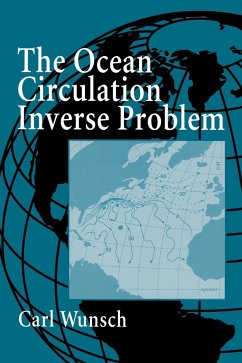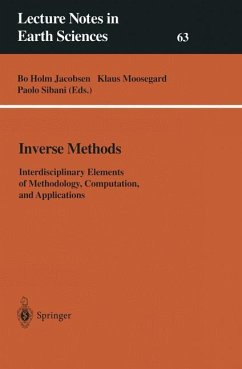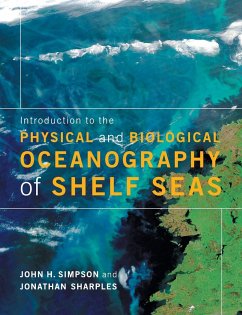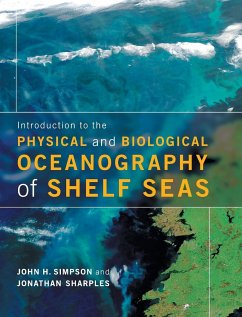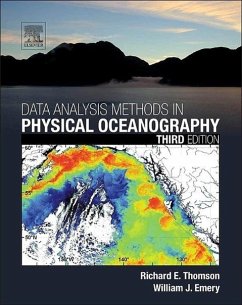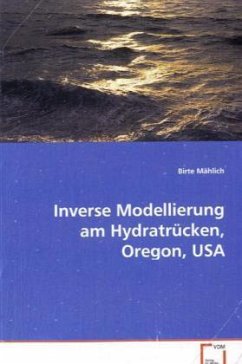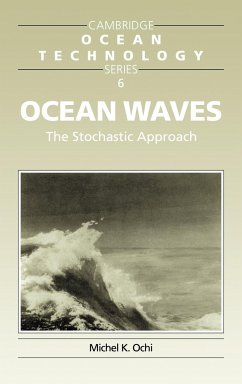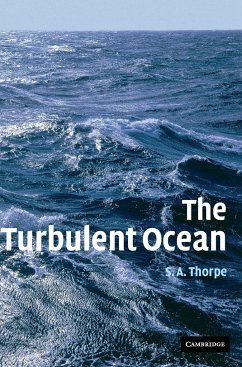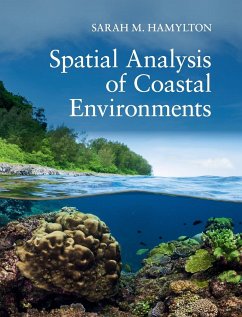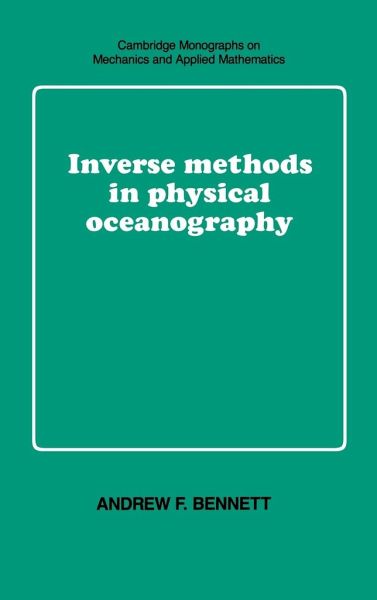
Inverse Methods in Physical Oceanography

PAYBACK Punkte
73 °P sammeln!
Observations of ocean circulation have rapidly increased during the last decade, both as a result of international field programs and of remote sensing systems on artificial earth satellites. Oceanographers are increasingly turning to inverse methods for combining these observations with numerical models of ocean circulation. Professor Bennett's work explores the potential for inverse theory, emphasizing possibilities rather than expedient or rudimentary applications. In addition to interpolating the data and adding realism to the model solutions, the methods can yield estimates for unobserved...
Observations of ocean circulation have rapidly increased during the last decade, both as a result of international field programs and of remote sensing systems on artificial earth satellites. Oceanographers are increasingly turning to inverse methods for combining these observations with numerical models of ocean circulation. Professor Bennett's work explores the potential for inverse theory, emphasizing possibilities rather than expedient or rudimentary applications. In addition to interpolating the data and adding realism to the model solutions, the methods can yield estimates for unobserved flow variables, forcing fields, and model parameters. Inverse formulations can resolve ill-posed modeling problems, lead to design criteria for oceanic observing systems, and enable the testing of models as scientific hypothesis. Exercises of varying difficulty rehearse technical skills and supplement the central theoretical development. Thus this book will be invaluable for environmental scientists and engineers, advanced undergraduates in applied mathematics, and graduate students in physical oceanography.
Table of contents:
1. Finite-dimensional inverse theory; 2. The smoothing of observations; 3. Data assimilation; 4. The spatial structure of the Kalman filter; 5. Generalized inverses of dynamic models; 6. Antenna analysis; 7. Nonlinear quasigeostrophic models; 8. Open-ocean modeling: quasigeostrophy; 9. Primative equation models; 10. Outstanding problems.
Observations of ocean circulation have rapidly increased during the last decade, both as a result of international field programs and of remote sensing systems on artificial earth satellites. Oceanographers are increasingly turning to inverse methods for combining these observations with numerical models of ocean circulation.
The work explores the potential for inverse theory which can combine observations of ocean circulation with numerical models.
Table of contents:
1. Finite-dimensional inverse theory; 2. The smoothing of observations; 3. Data assimilation; 4. The spatial structure of the Kalman filter; 5. Generalized inverses of dynamic models; 6. Antenna analysis; 7. Nonlinear quasigeostrophic models; 8. Open-ocean modeling: quasigeostrophy; 9. Primative equation models; 10. Outstanding problems.
Observations of ocean circulation have rapidly increased during the last decade, both as a result of international field programs and of remote sensing systems on artificial earth satellites. Oceanographers are increasingly turning to inverse methods for combining these observations with numerical models of ocean circulation.
The work explores the potential for inverse theory which can combine observations of ocean circulation with numerical models.





